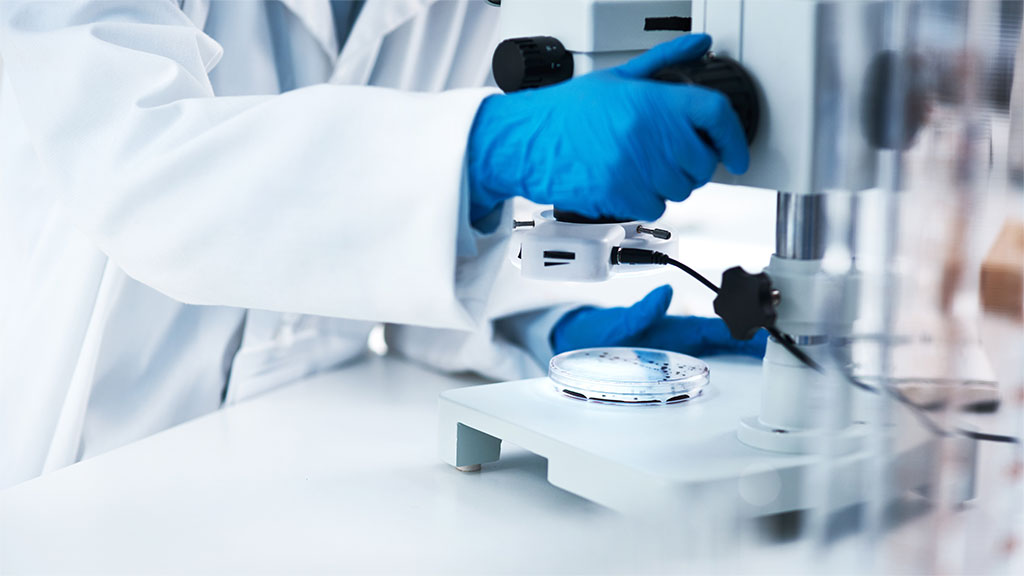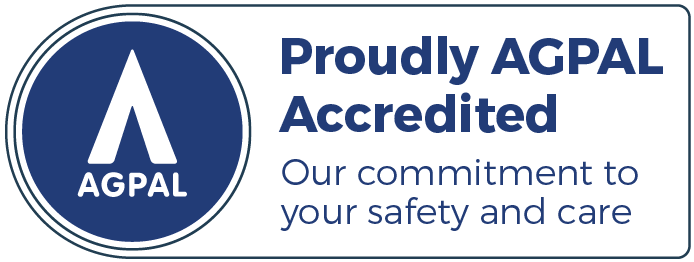Diagnosing Skin Concerns

Importance of Skin Biopsies
Skin biopsies are invaluable procedures in dermatology, offering definitive diagnoses for a range of skin conditions (including skin cancers). At HSMC, skin biopsies are performed by experienced general practitioners who are skilled in dermatological procedures. This procedure involves removing a small sample of skin tissue for examination.
Types of Skin Biopsies
There are different skin biopsy techniques, and your doctor will determine which is the most appropriate for the skin condition and area to be assessed. These include:
- Punch Biopsy: Uses a circular tool to remove a small cylinder of skin, including deeper layers. This is ideal for diagnosing deeper and more widespread skin conditions.
- Shave Biopsy: Involves shaving off the top layers of the skin with a scalpel. It is best suited for superficial lesions that are raised above the skin surface.
- Excisional Biopsy: The entire skin area of concern is removed and is typically used with a full diagnosis requires analysis of the entire lesion. This method is often performed for suspected melanomas.
- Incisional Biopsy: Only a portion of the lesion is removed for diagnostic purposes, particularly when the lesion is too large to be completely excised or in a cosmetically sensitive area.
When is a Skin Biopsy Performed?
Skin biopsies are performed to diagnose or rule out conditions such as:
- Skin cancers, including basal cell carcinoma, squamous cell carcinoma, and melanoma.
- Dermatological diseases that affect the skin’s appearance or texture.
- Inflammatory skin conditions that have not responded to standard treatments.
What to Expect
This is an overview of what to expect when having a skin biopsy performed at High Street Medical Clinic:
- Initial consultation: An assessment of your skin concern and medical history to determine if a biopsy is appropriate (Please book a spot check or skin check appointment).
- Biopsy Procedure: Conducted under local anaesthesia, generally a small sample of skin tissue is removed from the lesion, which is then sent off for analysis. If a melanoma is suspected, a larger sample of skin may be required. Instructions for post procedure care for the biopsy site will be provided to promote healing and reduce the risk of infection.
- Follow-up consultation: Biopsy results are typically available within a week or two and will be discussed in detail at a follow-up consultation, including discussing any further treatment that may be required.
- Further management: Depending on the diagnosis from the biopsy, further management may involve: complete excision, cryotherapy, topical ointments.
FAQs
The area will be numbed with local anaesthesia, making the procedure itself painless. There may be minor discomfort post-procedure as the anaesthesia wears off.
Avoid applying lotions or other products to the area beforehand. Inform your GP about any medications you’re taking.
Healing times vary depending on the type of biopsy but generally range from a few days to a couple of weeks.
Skin biopsies often leave a scar, but the appearance of the scar will depend on the type of biopsy, size and depth of the procedure and individual healing processes. Efforts are made to minimise the appearance of scars through surgical techniques and post-operative care. Discuss scar management strategies with your doctor.
Keep the area clean and dry, and follow any specific aftercare instructions provided by your GP, including the use of antibiotic ointment if prescribed.
Biopsy techniques include punch, shave, excisional and incisional, depending on the lesion’s characteristics and location. Read more about these techniques in the section titled ‘Types of Skin Biopsies‘.
For a skin examination, book online or call us.







